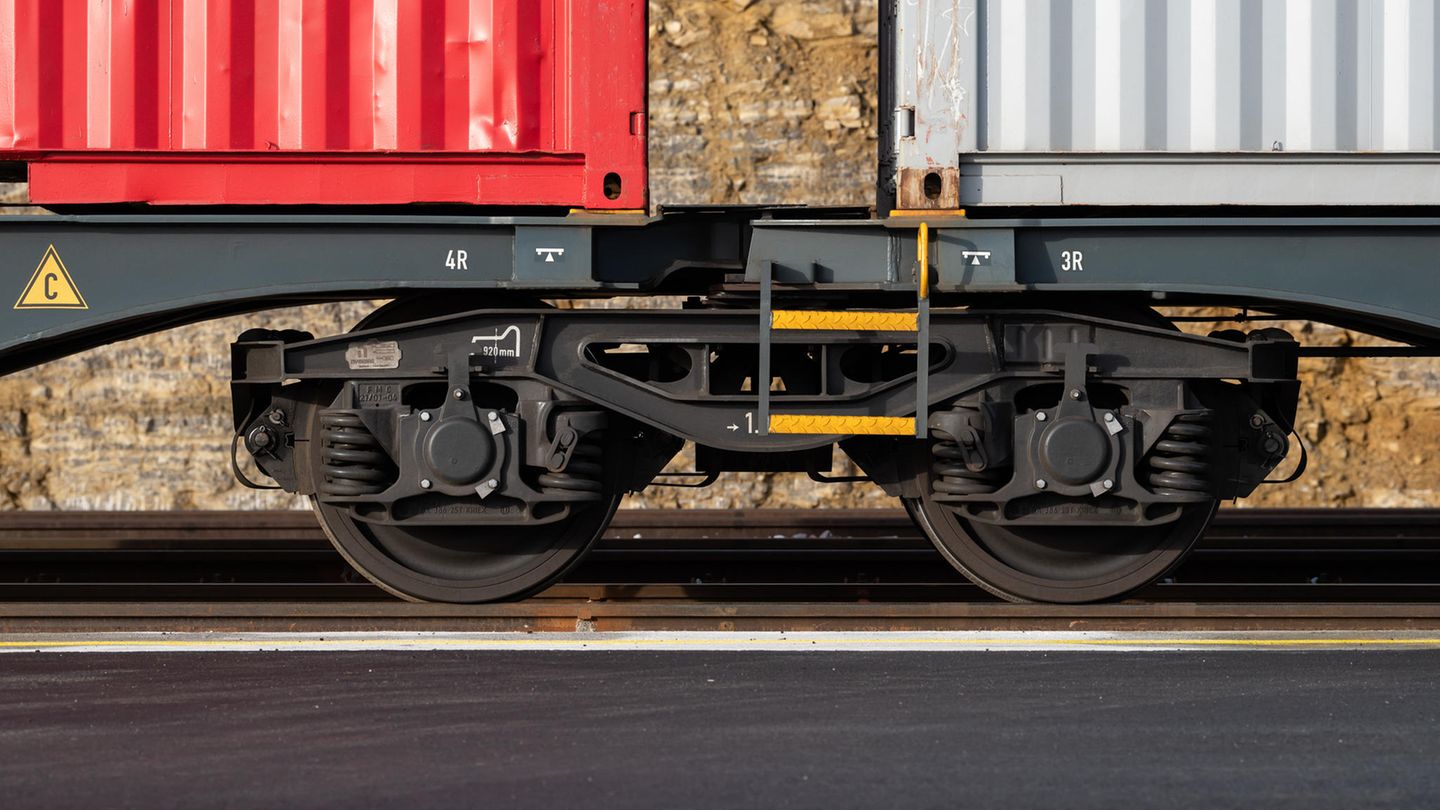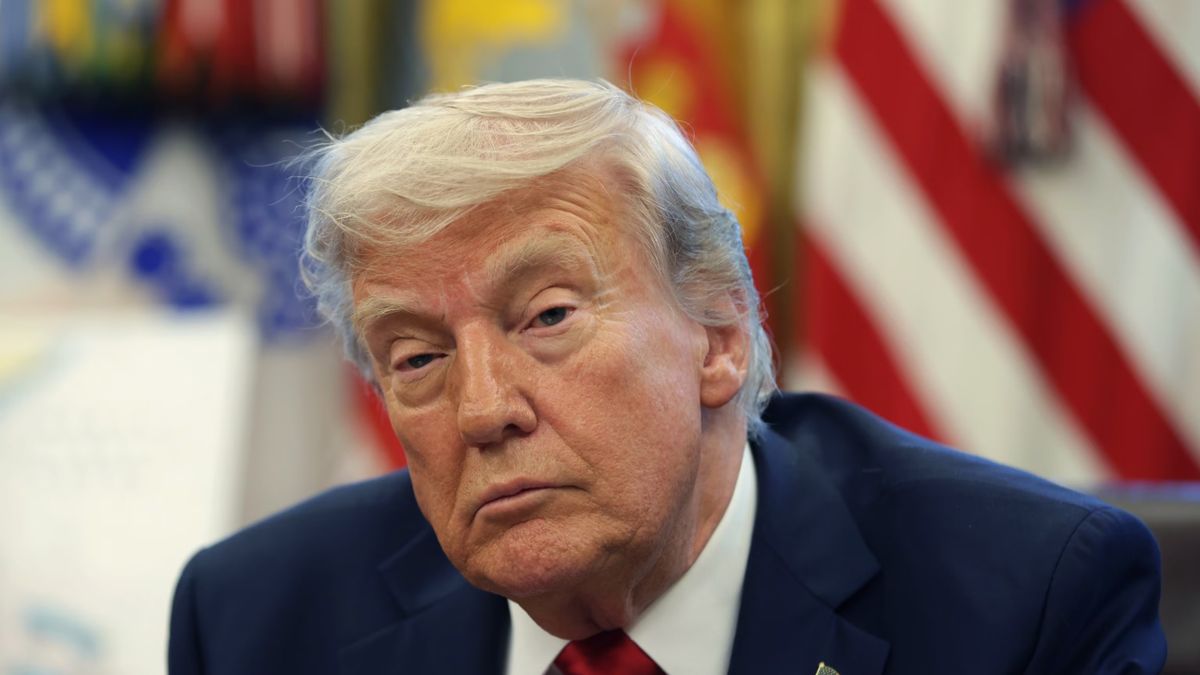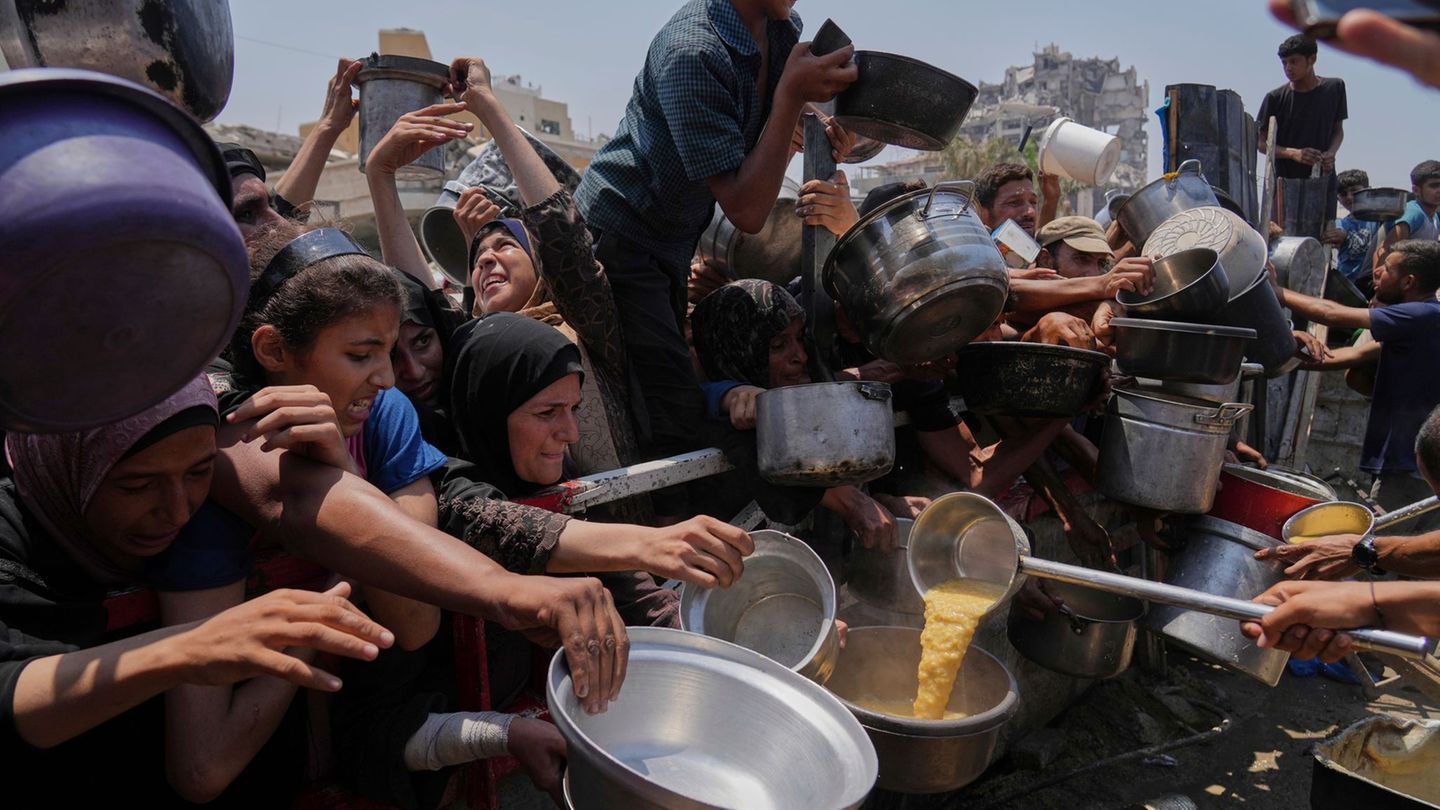interview
After the farmers and GDL train drivers, freight railway associations are drumming up against the cancellation of funding. Many companies will not survive this, warns freight railway operator Ludolf Kerkeling – and predicts congested roads.
After the farmers’ protests and train drivers’ strikes, freight railway workers are protesting today. In Berlin and across the country they are rolling along the rails against the massive cuts in the transport budget. The planned cuts funding particularly affect the freight railways and threaten their existence, says Ludolf Kerkeling. He is a board member of the Havelland Railway, a medium-sized freight railway with a turnover of 70 million and 300 employees. As head of the European Railway Network, the 61-year-old is fighting for more rail traffic in Germany, a country of cars.
Mr. Kerkeling, the farmers are blocking the road with their tractors. The Train driver of the freight railways will sound their horns as they pass through the station today and honk for five minutes at lunchtime. Why don’t you block the rail so no one notices?
We discussed this, but decided on this form so as not to expect more from the citizens after the last few weeks. If we don’t get through this, we’ll have to resort to other means next time.
Why the protest?
The federal government is cutting off our funding almost overnight, and our industry is set to receive 298 million euros less. That’s almost 80 percent of all cuts in the transport budget. This is a clearcut. This affects the substance of many companies. Funding for sidings, facilities and innovations in freight transport will also be cut.
Which reduction hits freight transport companies the worst?
The route price support. Half of it is to be canceled this year. This is a shock. We had a promise that full funding would continue to be available in 2024. On this basis, we have concluded contracts with our customers – for the entire year. These contracts apply now; we cannot subsequently increase the prices for our industrial customers. Economically, this is a disaster.
How much is it?
These route costs make up around 10 to 15 percent of the total costs of a freight transport operation, or around 7 to 8 percent with the funding. If that goes away, we will be missing a lot of money. Many in our industry are running on edge. Even companies that are really well positioned have a return on sales of two or two and a half percent. Many are worse. Without the funding, everyone’s numbers are red. From our point of view, this funding is not a real subsidy, but rather a compensation for the disadvantages that we have compared to the road and unfortunately these disadvantages have not been eliminated.
Does the cut threaten your existence?
For smaller companies, yes – and we have the majority of them. For a few dozen companies, their existence is at stake. The larger ones will survive, but even there I can’t rule out market exits because such arbitrary cuts destroy confidence in the market.
Train ride
The most punctual rail countries in Europe – where is Deutsche Bahn?
The DB also wants to increase route prices, i.e. the route fee that it charges so that trains can travel over the DB rail network.
The increase in the path fee together with the abolition of the path price subsidy results in an increase of 113 percent! The costs for a standard freight train per train kilometer would increase from an effective 1.22 euros per train kilometer to up to 2.60 euros from the end of 2023 to the start of the 2025 timetable year. It’s more expensive nowhere else in Europe! That would be devastating.
That was the end of the shift in freight transport to rail?
Yes, the roads will be even more congested and emissions will rise again. Because with the price increase we are losing transport volume to trucks. In the end, most companies still pay particular attention to the price when it comes to transport. The green label is important to very few people.
Federal Transport Minister Volker Wissing (FDP) had promised that more money would flow into the railways instead of the roads. Looking at the cuts, is the promise still valid?
Unfortunately, we have to realize that the planned cuts will have a significantly disproportionate impact on rail freight transport. Investments in rail expansion and construction are also being cut, so that the investment volume for rail construction and expansion is now lower than that for roads. All democratic parties and the government have promised an increase in financing for years. Now the budget is expected to fall by almost a third due to increased construction costs, which is a loss of 610 million euros. Nothing changes on the road.
The DB has committed itself to the common good with its new structure, DB InfraGO AG.
Two stock corporations have now been merged into one. The new company is 100 percent owned by a stock corporation. The statutes contain a few vague goals in addition to the intention to make a profit. So far no one has been able to explain to me why we can expect an orientation towards the common good from this. The term “orientation to the common good” has not yet been defined. The infrastructure problems are obvious, but these measures will not solve them. And now the federal government is also cutting funding. So nothing gets better but everything gets worse.
This article appeared first which, like stern, is part of RTL Deutschland.
Source: Stern




